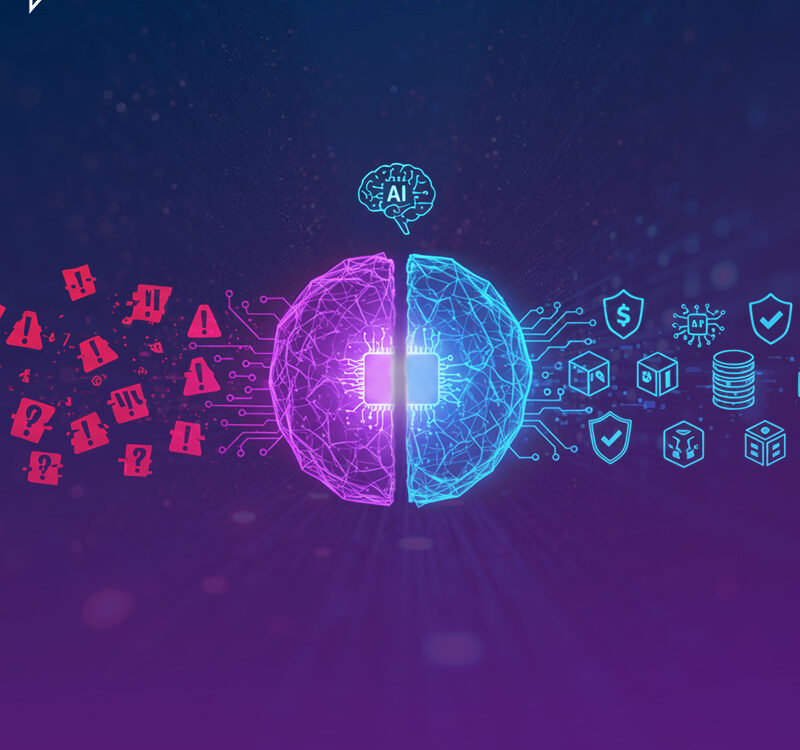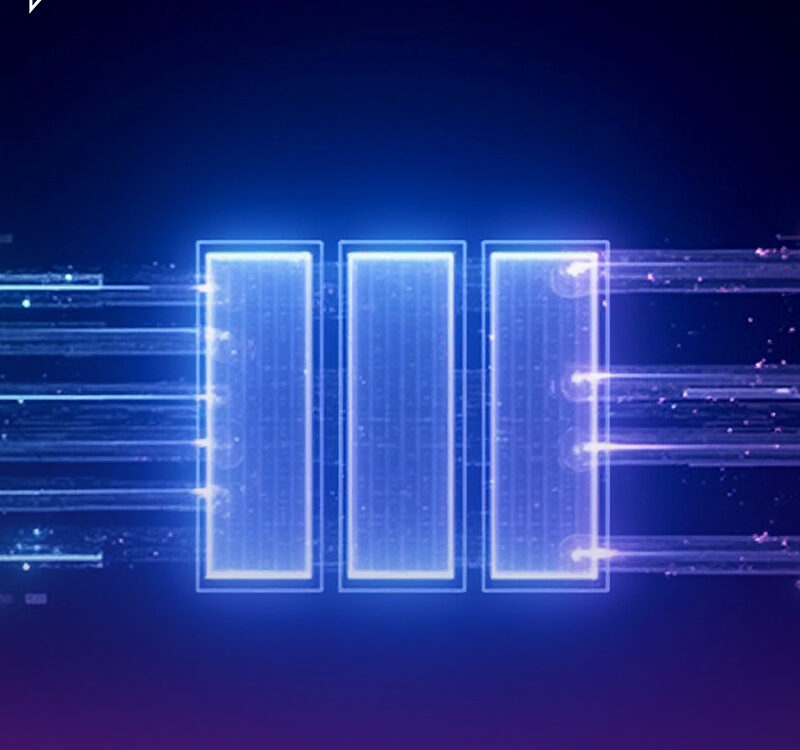
From Raw Alerts to Ready Intelligence: Meet the Enrichment Agent
September 12, 2025
From Raw Alerts to Ready Intelligence: Meet the Enrichment Agent
September 12, 2025In today’s cybersecurity landscape, Security Operations Centers (SOCs) face a growing flood of security alerts, making it increasingly difficult to keep pace with threats. The sheer volume of alerts, many of which are low priority, results in alert fatigue, burnout, and slower response times from SOC analysts. This leaves organizations vulnerable to cyber threats that evolve faster than traditional SOCs can handle.
To combat this, the need for automation and AI-driven solutions in SOCs has never been greater. The solution? The AI SOC Analyst an intelligent system designed to handle up to 90% of Tier 1 tasks, such as alert triage, containment, and remediation, so that human analysts can focus on more complex incidents. One of the standout players in this field is SIRP, a platform powered by AI native architecture and advanced reinforcement learning.
In this blog, we’ll delve into how SIRP helps SOCs offload a significant portion of their workload and improves overall efficiency, with some key statistics to back it up.
What Are Tier-1 Tasks and Why Are They Overwhelming SOCs?
Tier-1 tasks typically involve the initial detection and triage of security incidents, such as false positives, benign issues, or lower-risk threats. While these alerts may not be critical, they still need to be reviewed, analyzed, and assessed by SOC analysts, consuming valuable time and resources.
The challenge? The sheer volume of alerts. In fact, over 62% of SOC teams report being overwhelmed by the volume of incoming data, according to the 2024 SANS Detection and Response Survey. Additionally, false positives remain one of the biggest pain points for over half of the teams, leading to inefficiencies and burnout. Without automation, SOC teams struggle to prioritize and manage these alerts effectively, which can result in slower detection and longer response times.
How SIRP’s AI SOC Analyst Solves the Problem
SIRP’s platform is designed to automate Tier-1 incident triage, alert enrichment, and remediation actions using a suite of AI-powered agents. By offloading these tasks to AI, SIRP allows SOC teams to focus on more strategic, higher-priority activities, significantly increasing overall SOC efficiency.
Here are some key features and stats that demonstrate how SIRP is transforming security operations:
Autonomous Alert Triage and Response
SIRP’s AI-driven system autonomously triages alerts by categorizing them based on real-time contextual data—including asset value, threat intelligence, and user behavior. This intelligent triage process ensures that analysts only need to focus on alerts that require human attention.
Impact:
- 90%+ of Tier-1 tasks are automated, drastically reducing the manual effort required to analyze and prioritize low-risk alerts.
- SOCs using SIRP report a 40% reduction in response time for Tier-1 cases.
Real-Time Contextual Enrichment
SIRP’s AI engine leverages retrieval-augmented generation (RAG) technology to provide contextual enrichment for each alert. By pulling in relevant data from threat intelligence sources, historical incidents, and internal asset context, the system automatically enriches alerts to ensure more accurate decision-making.
Impact:
- This leads to a 50% reduction in false positives.
- 93% of analysts report faster decision-making thanks to the enriched data provided by SIRP’s AI.
Reinforcement Learning for Continuous Improvement
SIRP’s Reflex engine uses reinforcement learning to improve its decision-making over time. The AI learns from each incident and adapts to provide more effective responses, making it smarter with every alert it processes.
Impact:
- Continuous learning ensures that SIRP gets better with each incident, reducing the false negative rate by 30% over the course of a year.
- 85% of organizations report a significant improvement in decision-making accuracy as the AI learns from historical incidents.
Federated Learning for Cross-Organization Intelligence
SIRP’s federated learning model enables the platform to learn from anonymized data across multiple organizations without compromising data privacy. This allows SIRP to improve its models and adapt to emerging threats faster than traditional systems.
Impact:
- 90% of SIRP customers benefit from improved threat detection through insights gleaned from cross-organization learning.
- The federated learning model ensures that organizations stay ahead of new attack vectors, improving the overall security posture.
Automated Remediation Actions
Once an alert is triaged and enriched, SIRP’s AI agents can automatically execute remediation actions, such as isolating compromised assets or blocking malicious user accounts. This reduces Mean Time to Remediation (MTTR), helping organizations respond faster to threats.
Impact:
- MTTR is reduced by up to 90% for Tier-1 cases.
- 80% of automated actions are completed without any human intervention, reducing the workload for SOC teams.
The Benefits of Offloading 90%+ of Tier-1 Cases with SIRP
By automating a significant portion of Tier-1 tasks, SIRP offers multiple benefits for security teams:
Increased Efficiency
With SIRP handling 90%+ of low-priority tasks, analysts can focus on higher-priority incidents, resulting in greater efficiency across the SOC. Teams can respond to more threats with fewer resources.
Faster Incident Response
With automated triage and remediation, incident response times are dramatically reduced. SIRP helps organizations achieve faster Mean Time to Detection (MTTD) and Mean Time to Remediation (MTTR).
Reduced Burnout and Alert Fatigue
By automating low-value tasks, analysts are free to focus on more interesting and complex issues. This reduces the risk of burnout, improving retention and job satisfaction.
Improved Threat Detection Accuracy
SIRP’s use of real-time contextual data and reinforcement learning enhances the accuracy of threat detection, reducing the number of false positives and false negatives in SOC workflows.
Scalability and Flexibility
SIRP is designed to scale with your organization’s needs. Whether you are a small business or a large enterprise, SIRP’s platform can grow with your security requirements, ensuring that your SOC can handle increasing volumes of data without compromising effectiveness.
Conclusion: The Future of SOCs Is Autonomous
As cyber threats become more sophisticated, the role of AI-driven automation in Security Operations Centers (SOCs) is becoming indispensable. SIRP’s AI-powered platform is leading the charge by offloading 90%+ of Tier-1 tasks, automating alert triage, remediation, and contextual enrichment to reduce workload and improve security outcomes.
With 40% faster response times, 90% reduction in MTTR, and 50% fewer false positives, SIRP has proven to be a transformative solution for modern SOCs. By embracing SIRP, security teams can evolve from a reactive, manual operation into an efficient, autonomous SOC, ensuring faster detection, more accurate responses, and ultimately, better protection against cyber threats.
As organizations continue to confront an increasing number of security incidents, the future of SOCs will undoubtedly be AI-driven and autonomous, and SIRP is already making that future a reality.




